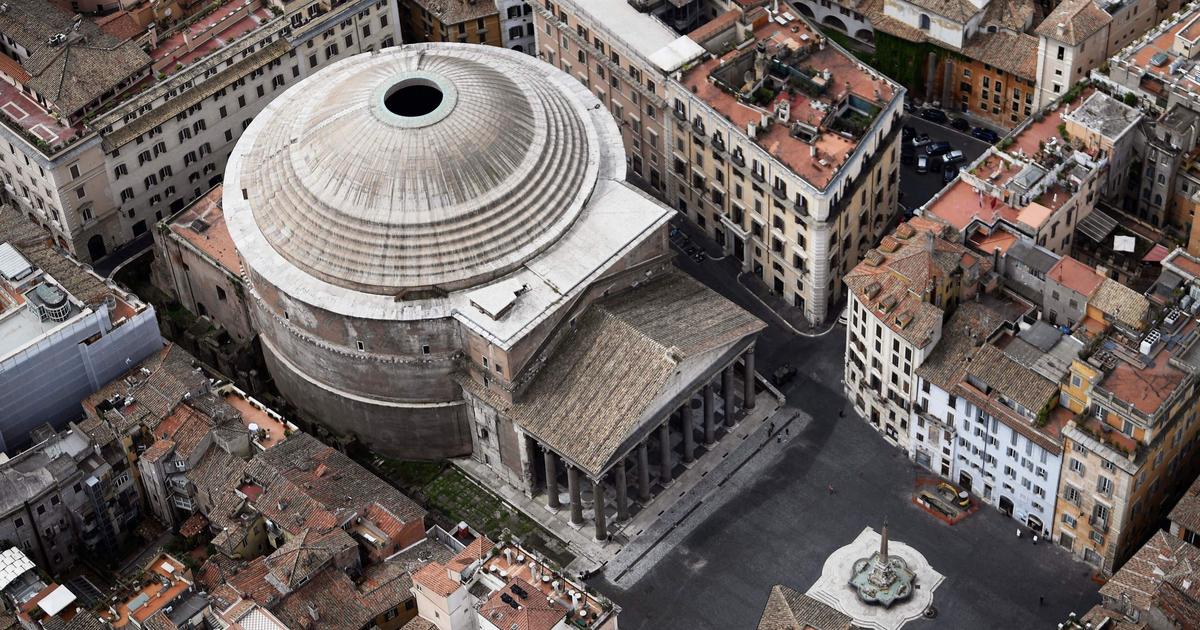
The secrets of longevity of Roman concrete revealed by a scientific study
archeology – Researchers at the Massachusetts Institute of Technology have highlighted an amazing feature of Roman constructions. Their resistance will be associated with the use of quicklime.
Roman ruins finally reveal their secrets. American and European researchers believe they have discovered the secret to longevity Ancient buildings in ancient RomeFrom the aqueducts to the Pantheon. How have these architectural masterpieces so spectacularly withstood time for nearly 2,000 years? Thanks to concrete being able to repair itself, experts now say.
Until now, the hardness of Roman concrete was attributed to a single component: pozzolan, which corresponds to volcanic ash Bay of Naples area, in Italy, which were sent throughout the Roman Empire for major construction sites. But this time the researchers focused their attention on the presence of another property: small, shiny white chunks, coming from lime, another ingredient used in designing concrete.
Read alsoThe ancient square of Nîmes, in the time of the builders of the stands
“Since I started working in Roman concrete, I’ve always been fascinated by the presence of these pieces.”said in a press release Admir Masic, co-author From a study published in the Scientific Journal Science advances and Professor at the Massachusetts Institute of Technology (MIT), USA. “They are not present in modern concrete, so why were they in the old?” , asked the researcher.
Experts previously believed that these small pieces were the result of poor mixing of the batter, or poor quality raw materials. But by examining the concrete using advanced imaging techniques of the city wall of Prefernum in Italy, researchers discovered that these tiny white chunks were actually calcium carbonate, formed at very high temperatures. They concluded that the lime was not (or not only) combined by mixing it with water, as previously thought, but in the form of quicklime.
Calcium replenishment
According to the researchers, that is hot mix Which gives this concrete an amazing hardness. In fact, when cracks appear, rainwater in contact with the concrete produces a calcium-saturated solution, which then turns into calcium carbonate, making it possible to fill the cracks.
Saving rural churches, an impossible task? Roslyn Bachelot raises a new controversy
To verify this hypothesis, the team of scientists made samples of concrete using the same process, which they deliberately broke and poured water on. Result: after two weeks, the concrete was completely fixed. Another sample produced without quicklime remained cracked.
With modern buildings collapsing relentlessly after only a few decades, MIT scientists hope their discovery will help reduce the environmental and climate impact of concrete production, which generates significant greenhouse gas emissions. So the researchers hope to commercialize this new “Roman-style” concrete with a modified composition.
See also – Pictures of the ancient site of Petra, which was evacuated due to flooding

“Incurable web evangelist. Hipster-friendly gamer. Award-winning entrepreneur. Falls down a lot.”
